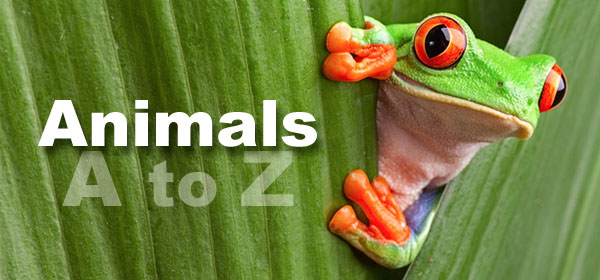Now that it is officially February at Wingham Wildlife Park, we can sense a lot of love in the air. You might all be busy thinking about what flowers to buy or picking out the best outfit and so are many animal species around the world. Except sometimes it’s a little wilder!
Being a mammal keeper it is only right that I start with some of the animals I help look after.
Visayan Warty Pig
Firstly, I’ll start with the animals with the best hairdo: the Visayan warty pigs. During breeding season, the boys will grow their mohawk to about 9 inches. Even though we think it makes them look very handsome, big hair will make them look intimidating to the other boars. The sows find this very attractive and wants the toughest boar to father her piglets.
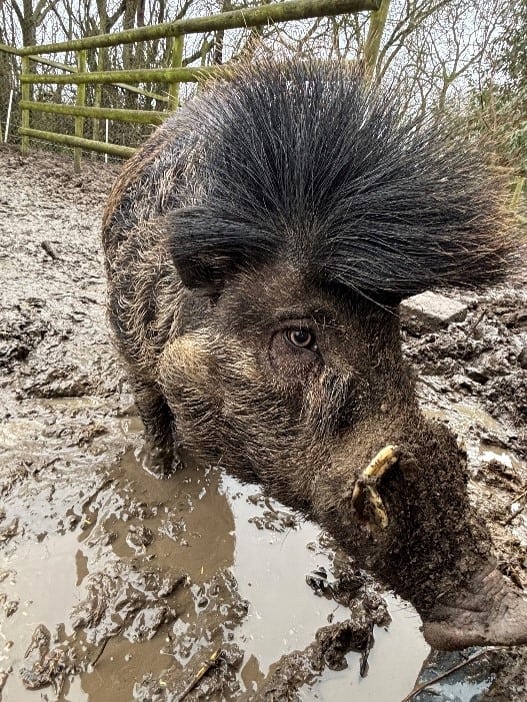
Giraffe
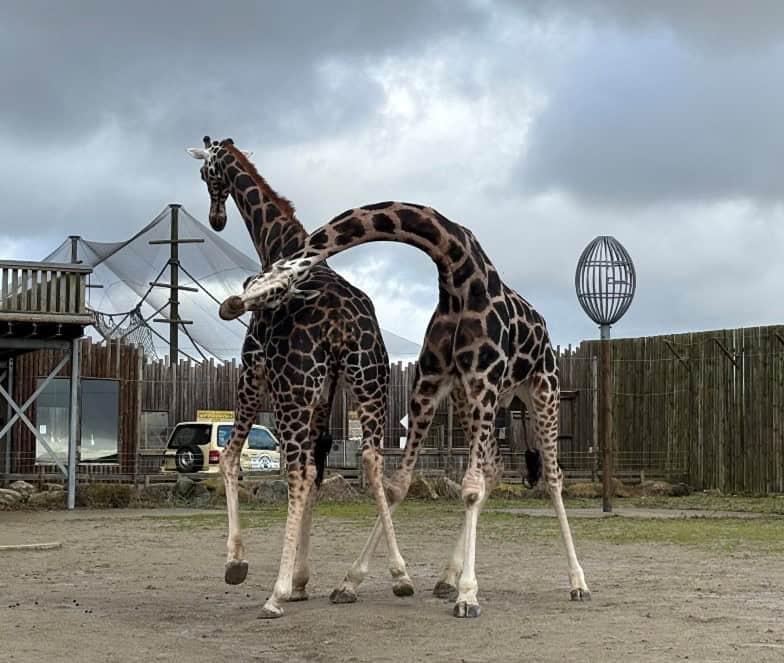
An iconic aspect of a giraffe’s courtship is a behaviour called ‘necking’. This is when male giraffes swing their necks at each other to display their strength and dominance. The individual that withstands the most blows usually has the privilege to mate with the female. The male then has to wait until the female is fertile. It’s kind of gross but the only way for a male to know is to taste her urine. This triggers the flehmen response which will tell him if there are any pheromones. She will then allow him to mate with her.
African Crowned Crane
One species that is an honorary member of the mammal team is the African crowned crane. We have all come to love watching their dance moves, especially when they are trying to charm their mate. It starts with either individual ruffling their feathers, head bobbing and vocalizing. When their mate joins in, then they know they have impressed their partner. They will both then care for their young to prove that they are good parents.
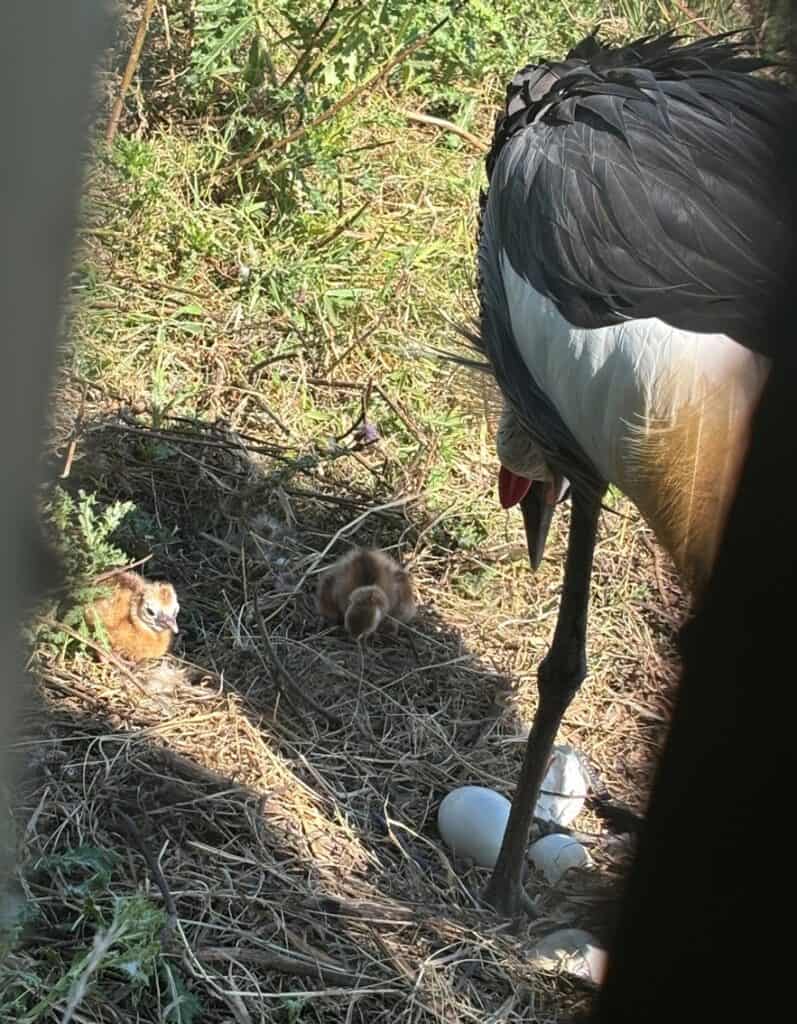
Becky, Head of Birds, has also provided me with some very fun ways birds impress their mates.
Macaws
These parrots show a very sweet way of finding and keeping their mates. One example is the blue and gold macaws. They form really strong bonds and spend most of their time together preening each other, sharing their food and even seen sleeping next to each other. Here’s another video sent by Becky of our blue and golds here.
Penguins
Around breeding season, the Humboldt penguins can be entertaining to watch. The males become fueled with testosterone and start squaring up to other males and produce a vocalization called ‘braying’ to attract their mate. As these guys mate for life, they need to ensure their bonds are strong. The boys will go out and find their best nesting materials to bring back home to show his partner that he is a caring father. This can also be hilarious for us, watching the boys around the park gather sticks bigger than them! Enjoy this video Becky sent me of Palamedies bringing a leaf back to his nest.
I then asked Holly, Deputy Head of Primates, for an insight into the primate world, and we have some very bizarre strategies that animals have developed.
Lemur
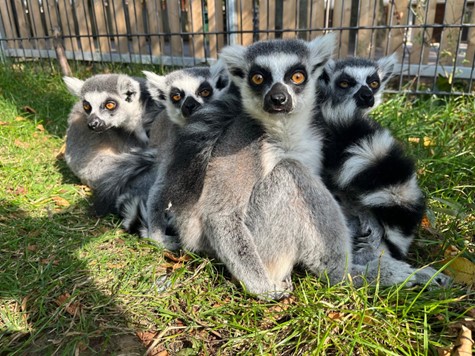
Firstly, one of the craziest on this list is the lemurs! These guys have a scent gland on their wrists and genitals that they will rub onto their tails and then flick it at their opponent. They use this as a way to intimidate their rivals. Often this technique is used in mating season, the males will perform a stink fight and the male who doesn’t back down will gain the females attention.
Gibbon
Gibbons have a very complex range of vocalizations but during mating season their calls become particularly loud and melodic. This technique is used to attract the females attention. Once they are happy with the pairing, their songs become a duet, and this will display to other gibbons that they have a strong bond and they should stay away from their territory.
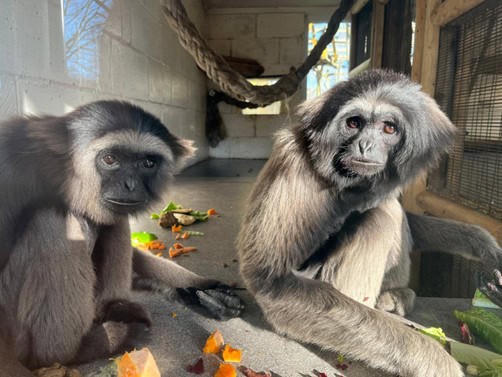
I could go on and on about different ways animals attract each other as every animal is unique in their own way. Why don’t you come visit Wingham Wildlife Park for yourself and see what interesting mating rituals you can spot.
By Meghan, Deputy Head of Mammals
